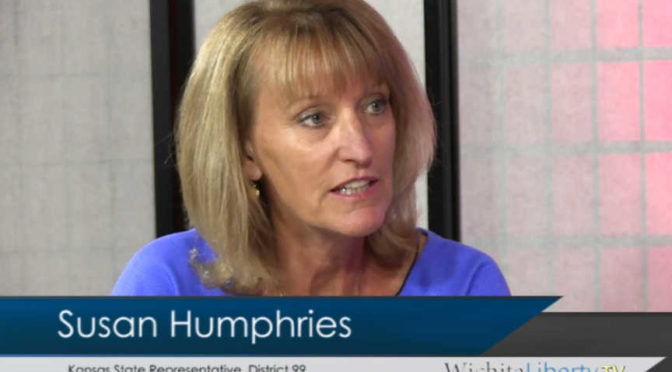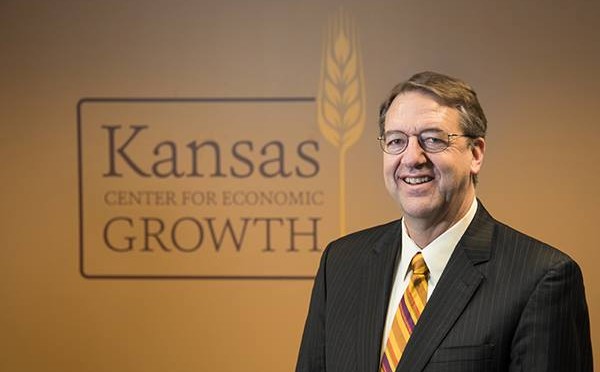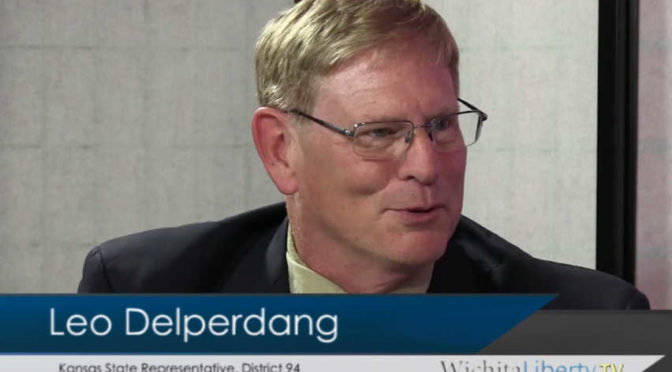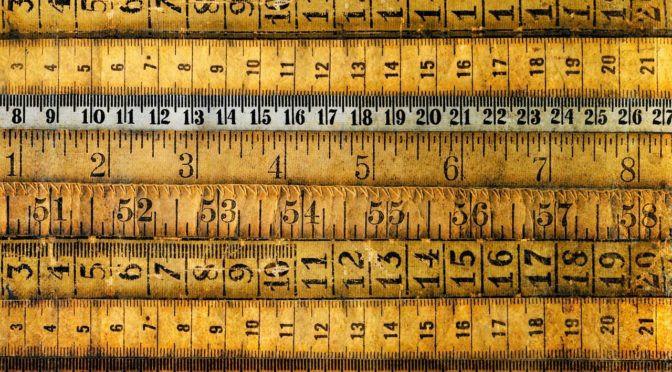Tag: Kansas legislature
-

Deconstructing Don Hineman
Another Kansas legislator explains why raising taxes was necessary. So he says.
-

WichitaLiberty.TV: Kansas Representative Susan Humphries
Kansas Representative Susan Humphries joins Bob Weeks and Karl Peterjohn to discuss issues in the Kansas Legislature. Humphries represents District 99 in far east Wichita and Andover, and just completed her first term.
-

Decoding Duane Goossen
When reading the writings of former Kansas State Budget Director Duane Goossen, it’s useful to have a guide grounded in reality.
-

WichitaLiberty.TV: Kansas Representative Leo Delperdang
Kansas Representative Leo Delperdang joins Bob Weeks and Karl Peterjohn to discuss issues in the Kansas Legislature. Delperdang represents District 94 in west Wichita, and just completed his first term.
-

Voting to raise taxes in Kansas
Printable tables of voting on legislation that raised taxes in Kansas.
-

In Kansas, sweeps to continue
Even though the Kansas Legislature raised taxes, sweeps from the highway fund will continue.
-

Kansas bills deserve the veto pen
Kansas Governor Sam Brownback may exercise a line item veto over any item in the just-passed budget and school spending bills. Here are a few ideas that deserve the veto.
-

The yardstick for the Kansas experiment
A politician’s boasting should not be the yardstick for policy.
-

WichitaLiberty.TV: James Franko, Kansas Policy Institute
In this episode of WichitaLiberty.TV: James Franko of Kansas Policy Institute joins Bob Weeks and Karl Peterjohn. Topics are the new Kansas school finance bill and the new tax bill.